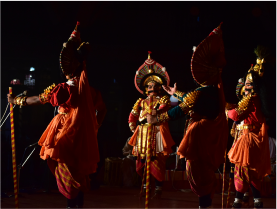
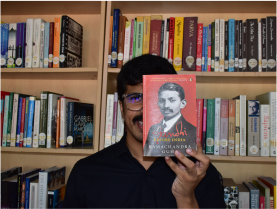
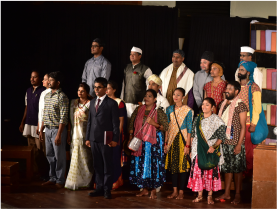
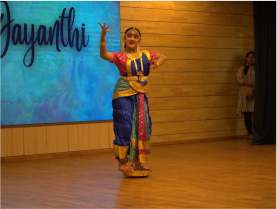
Comparative Aesthetics: Western and Eastern Arts
Aesthetics is essentially the philosophy of art. Different arts such as music, dance, theatre, visuals arts, literature, cinema etc have emerged over the years as the cream of human creativity and continue to make our life worth-living. While philosophically, human civilization is one, one with one another and one with the whole universe, culturally, different continents of the world have developed certain specificities in terms of different arts as human ingenuity and ecology define their traits. While West and East are fluid and debatable categories, the course intends to introduce and connect certain common principles underlying all forms of arts, forming comparative aesthetics in search of common aesthetics.
Learning Outcomes
- To be able to understand the basic principles underlying all art forms
- To be able to recognize the connection among different art forms
- To be able to learn certain commonalities and specificities defining Western and Eastern, particularly Indian, art forms
Course Content
Comparative Aesthetics: Introduction to Aesthetics, Western Aesthetics, Indian Aesthetics, Indian and Western Music, Indian and Western Dance, Indian and Western Painting, Visual Arts and Media, Indian and Western Films, Indian and Western Literature, Folkloristics and Yakshagana, Indian and Western Philosophy
Name of the Coordinators
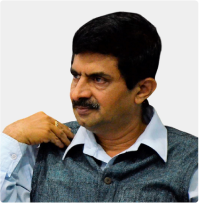



Distinctive Features
- Demonstration, field visits, film screening along with lectures
- Introduction of different art forms together and separately.
- Exploration of the inter-connection among different art forms
- Comparison and connection between Western art forms with Eastern, particularly Indian art forms
